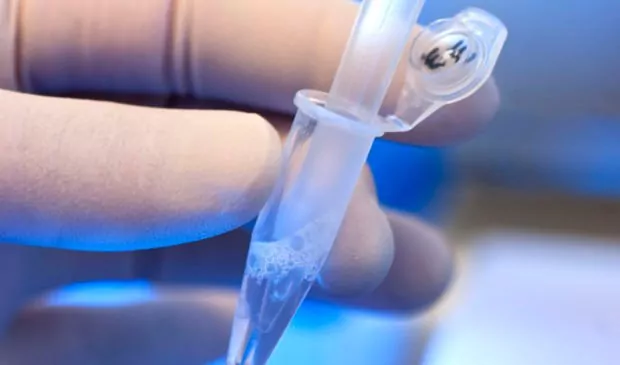Advanced therapeutic medicinal products (ATMPs) hold huge potential to transform treatment of many diseases where there is unmet medical need. But they are far more complex to develop than other more conventional biotech products.
ATMPs are cell-, tissue- and gene therapies, tailored to individual patients and tend to be developed by small biotech companies or academic researchers. Just as the R&D landscape is rapidly evolving, so too is the regulatory environment, and as such it is not yet harmonized across regulatory bodies, often requiring developers to rely on established guidelines that aren’t easy to apply to complex ATMPs.
Given these complexities, developers should consider a more holistic approach to their product development process through an integrated product development (IPD) strategy. IPD is a multidisciplinary approach to drug development that involves key stakeholders across different functions to enable a more efficient and cost-effective path to market. IPD breaks down the silos that have long existed in drug development, instead adopting a holistic framework that brings together teams from clinical, regulatory, commercial and beyond.
Integral to an IPD strategy is having a clearly defined target product profile (TPP). Often developers of ATMPs have not thought through their TPP, or those new to drug development may not be aware of the need for one. A TPP should define what unmet needs the treatment addresses, clarify safety, efficacy and quality claims, describe studies that should be conducted to achieve the developer’s objectives, and state what differentiates the product from others on the market, for example, schedule and/or route of administration, doses, safety profile and so on.
The key roles involved in an IPD strategy
The number one priority with an IPD strategy is to have a program manager who has a holistic view of the development, the therapeutic area, the product and the regulatory processes involved.
A key consideration with IPD for ATMPs is having the right experts in place, including in CMC due to the fact that the quality aspects of patient-tailored cell and gene therapies are far more complex than more conventional biotech products. For example, standard process qualification and validation is not always feasible with ATMPs, so a CMC expert in the field is key to helping innovators work with regulators to find alternative paths. Biostatisticians will also be key when designing comparability plans and clinical trials to ensure all key information is considered and incorporated throughout the development.
There is also a need for non-clinical, clinical, safety and regulatory experts, as well as market access experts to guide companies on their pricing and reimbursement/prescription coverage strategy early in the development process.
This whole process can be extremely complicated for small companies that do not have the resources or expertise to manage all the key steps involved in developing their product. An IPD solution, supported and managed by an experienced partner, ensures all those processes are considered from the outset, helping to de-risk the program and improve the odds of the product successfully going from pre-clinical to clinical studies to regulatory submission to approval and to receiving the price sought.
There are many challenges when developing an ATMP in terms of safety, efficacy and quality. Since many cell and gene therapies treat rare diseases, often the patient numbers are so small that there may be fewer than a dozen in a clinical trial, which makes demonstrating efficacy and safety very complex, or requires the ability to establish innovative or adaptive study design concepts. Though regulators are often open to novel approaches, developers need to seek advice at key stages of development to get feedback from the health authorities and incorporate it into next stages. In all cases, data generated must be robust enough, and that requires expertise, notably in terms of knowledge of such complex manufacturing processes.
Join us at a webinar on 20 September 2022 to learn more about our approaches to IPD, combining expert knowledge and new technologies. During the session, we will share examples of developments in cell and gene therapies to treat osteoarthritis and how IPD can make all the difference to such innovative programs. Register
About the author:
Dr. Christelle Boileau, Associate Director of Integrated Product Development at PharmaLex, has more than 20 years of experience in drug development, largely focused on fundamental and translational research.







